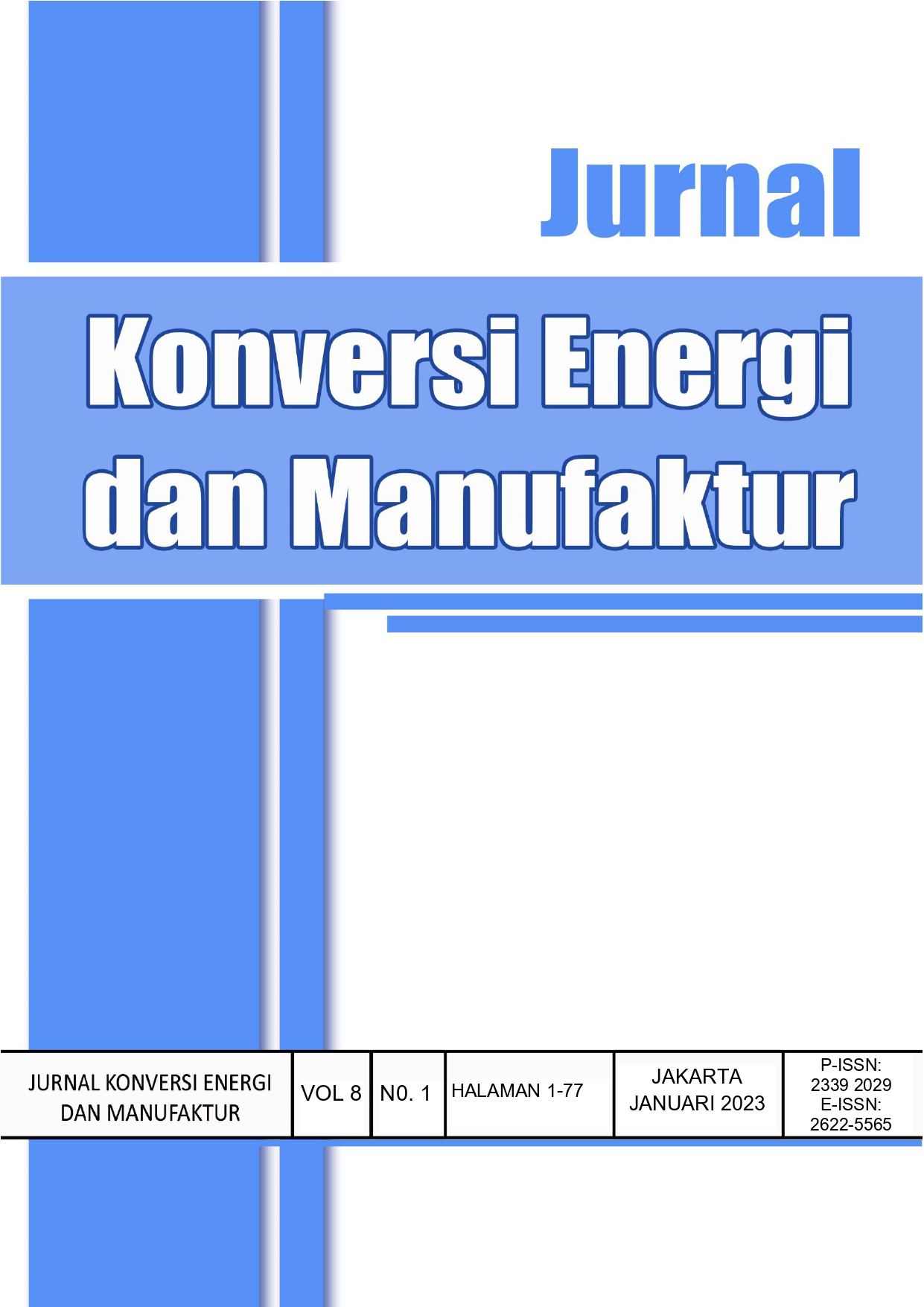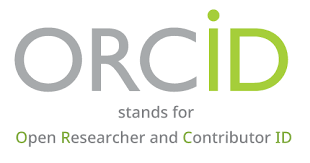PERHITUNGAN WAKTU BAKU DAN PENENTUAN PRODUKTIVITAS PADA PENGERJAAN PEMBERSIHAN KACA GEDUNG X
Standard Time Calculation and Determination of Productivity for Glass Cleaning Works of Building X
DOI:
https://doi.org/10.21009/JKEM.8.1.8Keywords:
Standard Time, Stopwatch Time Study, ProductivityAbstract
XYZ is a company that provides building maintenance services; one of its services is glass cleaning services. In every work on building maintenance services projects in the form of cleaning the glass of PT. XYZ has not calculated the standard time of work, which affects 45% of the total work exceeding the deadline for the job given and the difficulty of estimating the productivity of the workers. In this study, the standard time and productivity were determined on the glass cleaning work of building X using the stopwatch time study method. The results of the calculations carried out using the stopwatch time study method obtained the optimal normal time at each stage of the work, namely in the preparation of work equipment for 58.55 minutes, on the removal of the gallows 112.82 minutes, on the installation of ropes of 20.41 minutes, on machine checking is 22.29 minutes, glass cleaning is 54.17 minutes, rope disassembly process is 57 minutes, and gondola storage is 55.33 minutes so that the optimal standard time is 380.56 minutes. Calculation results showed that performance rating measurement, excellent skill is B1 +0.11, a good effort is C1 +0.05, good condition is C +0.02, consistency is C +0.01 with a rating factor obtained in normal time is 65.569 minutes, and from the results of the calculation of worker productivity in the work of cleaning the glass of building X was obtained 0.12 units/hour.
References
Alfian, M. (2010). Introduction to Construction Services Business (1 ed.). Yogyakarta: ANDI.
D Budianto et al 2021 IOP Conf. Ser.: Mater. Sci. Eng. 1098 022052
Dimyati, H., & Kadar, N. (2014). Project Management. CV. Setia Library.
Dooley, K., & Purchase, S. (2006). Factor Influencing E-Procurement Usage. Journal of Public Procurement, 6 No. 1/2, 28-45. doi:10.1108/JOPP-06-01-02-2006-B002
Dyah, N., Komara, & Djuniati. (2015). Variable Analysis of Contractor Failure in Pekanbaru City in the Process of Evaluation of Electronic Procurement of Government Goods and Services (E-Procurement). Jom FTEKNIK, 2 No. 2,1-11.
Hanák T and Muchová P 2015 Impact of competition on prices in public sector procurement Journal of Procedia Computer Science p. 729 – 735
Hashima, N., Said, I., & Idris, N. H. (2013). Exploring e-Procurement Value for Construction Companies in Malaysia. International Conference on Project MANagement / HCIST 2013 - International Conference on Health and Social Care Information Systems and Technologies (pp. 836-845). Procedia Technology. doi:10.1016/j.protcy.2013.12.093
Hui et al. (2011). Procurement Issues in Malaysia. International Journal of Public Sector Management, 24 No. 6,567-563.
Kamil et al. (2018). Contractor's Mistakes During Tendering. IOP Conference Series: Earth and Environmental Science 117. doi:10.1088/1755-1315/117/1/012019
Molavi, J., & Barral, D. L. (2016). A Construction Procurement Method to Achieve Sustainability in Modular Construction. International Conference on Sustainable Design, Engineering and Construction. 145, pp. 1362-1369. Procedia Engineering.
Government of Indonesia. (2003). Presidential Decree of the Republic of Indonesia Number 80 of 2003 on Guidelines for The Implementation of Government Procurement of Goods / Services.
Government of Indonesia. (2008). Law of the Republic of Indonesia Number 11 of 2008 concerning Information and Electronic Transactions.
Government of Indonesia. (2018). Presidential Regulation of the Republic of Indonesia Number 16 of 2018 concerning Procurement of Government Goods / Services.
Pieraa, C., Roberto, C., Giuseppe, C., & Teresa, M. (2014). E-procurement and E-supply Chain: Features and Development of E-collaboration. 2013 International Conference on Future Software Engineering and Multimedia Engineering. 6, pp. 8-14. IERI Procedia. doi:10.1016/j.ieri.2014.03.003
Semaan N and Salem M 2017 A deterministic contractor selection decision support system for competitive bidding Journal of Engineering, Construction and Architectural Management pp. 61-67
Sitar, C. P. (2011, Dec. https://www.researchgate.net. Retrieved from https://www.researchgate.net/publication/227462923_THE_ROLE_OF_THE_E-PROCUREMENT_IN_THE_PURCHASING_PROCESS.
Sunmola, F. T., & Shehu, Y. U. (2020). A Case Study on Performance Features of Electronics Tendering Systems. 30th International Conference on Flexible Automation and Intelligent Manufacturing (FAIM2021). 51, pp. 1586-1591. Athens, Greece: Procedia Manufacturing. doi:10.1016/j.promfg.2020.10.221
Tran, Q., Huang, D., Liu, B., & Ekram, H.M. (2011). A Construction Enterprise's Readiness Level in Implementing E-Procurement: A System Engineering Assessment Model. Systems Engineering Procedia, 2, 131-141. doi:10.1016/j.sepro.2011.10.016
Watt D J, Kayis B and Willey K 2009 The relative importance of tender evaluation and contractor selection criteria International Journal of Project Management 28 51–60
www.pengadaanbarang.co.id. (n.d).






















